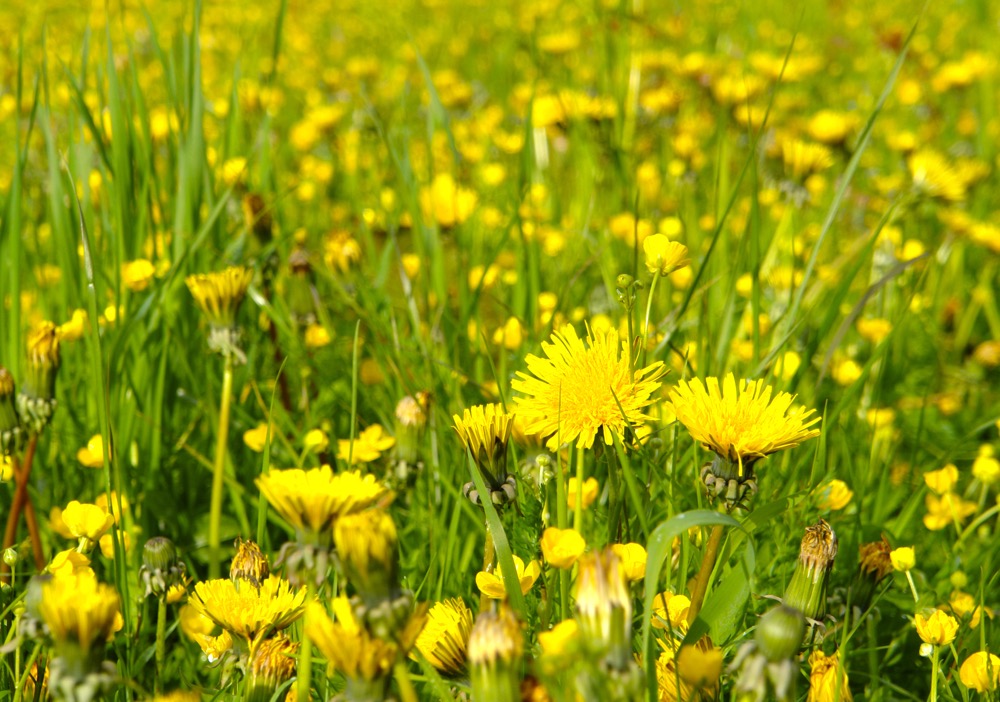A few years ago we started to learn how to use more herbs and “weeds” around the farm. The one that totally surprised our family was purslane (Portulaca oleracea), or as we call it, wild portulaca. It is very invasive, so if left to grow it needs boundaries with border edging. It’s worth keeping around though as it’s an excellent source of vitamins A, C, and E, of calcium, magnesium, and potassium, and it contains some B vitamins and iron as well.
As a treat for baby chicks mix nettles, dandelion and purslane together. Chop up fine and mix into their feed. This will also give layers a boost if they must be kept inside all year round.
Read Also

Cancer agency reclassifies another herbicide ‘probably carcinogenic’
The WHO’s cancer research agency has now put atrazine, a herbicide well known to corn growers, in the same potential-hazard category where the agency put glyphosate.
A really tasty way for humans to get their purslane boost is salads. Here’s one that we especially enjoy.
Chickpea and purslane salad
- 1 c. drained cooked or canned chickpeas
- 2 to 3 garlic cloves, finely chopped
- 1 bunch green onions, thinly sliced
- 2 tbsp. extra-virgin olive oil, or as needed
- 2 tbsp. fresh lemon juice, or as needed
- Salt
- 1-1/2 c. fresh leaf lettuce, torn into pieces
- 1-1/2 to 2 c. purslane with tender stems, cut into 1-inch lengths, or 3/4 c. purslane leaves
- 4 oz. feta cheese
In a large mixing bowl, combine chickpeas, garlic and green onions. Add olive oil and lemon juice. Mix well, and season with salt to taste. Add leaf lettuce and purslane, and mix well. If desired season with additional oil, lemon juice and salt. Sprinkle with feta cheese. Serve immediately.
Yield: 4 servings.
Dandelion magnesium lotion
Dandelions also have a lot of uses. Every spring we enjoy watching the bees pollinating this early crop and we usually pick them for the goats. Dried leaves are helpful in the winter if one of our does is a bit slow bouncing back from kidding. We infuse the flowers into oil to make a pain-relieving salve for overworked muscles.
- 2 tbsp. dandelion-infused oil
- 3 tsp. emulsifying wax NF
- 2 tbsp. magnesium oil
- 3 drops lavender essential oil (optional)
- 15 drops vitamin E oil for preservative
Add the dandelion-infused oil and emulsifying wax to a heatproof jar. Magnesium oil is actually water based, so measure it out and place into another half-pint (250-ml) canning jar. Place both containers into a saucepan containing 1 to 2 inches of water, then set the pan over medium-low heat for about 10 minutes till wax is melted. Remove from heat. Carefully pour the hot contents of the two containers into a heatproof mixing bowl or measuring pitcher. As they’re poured together, the two mixtures will begin to emulsify upon contact and turn a slightly milky-yellow colour. Using a fork or small whisk, stir the lotion briskly for 30 seconds, then set aside to cool for five minutes, stirring occasionally. To speed the cooling process, place mixing container in a bowl of ice water. Stir occasionally, for around 30 seconds at a time, as the lotion cools and thickens. Stir in the lavender essential oil, if using. If you’re adding a preservative to help your homemade lotion stay fresh for several months, do so now as well. If you don’t add a preservative, shelf life is only around one or two weeks, if stored in the refrigerator. To extend shelf life use a clean utensil to take a tiny bit out of the jar at a time and apply. Do not double dip.
Planting mint around buildings will deter rodents and there are wild varieties that we have cut in our hay for years. Hopefully we can transplant and encourage them in the yard. If not, there are a lot of tame varieties to try that we can also harvest for teas. Then there are nettles, plantains and wild sage growing around us. The possibilities are endless!















